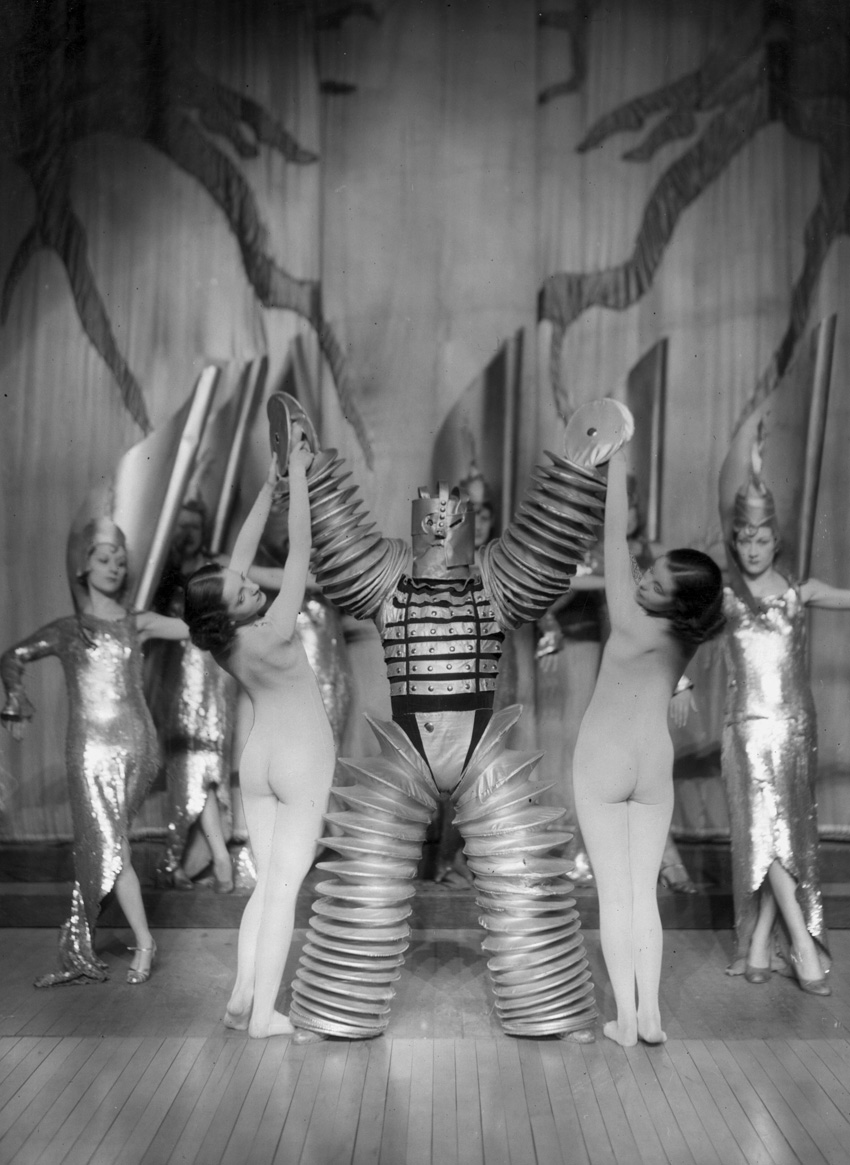What's Next
There is more and more talk of artificial intelligence, but its hard to see through its fog. Is it our savior or our doom? To find out, we went straight to the source.
“In the theater of human ingenuity, artificial intelligence (AI) appears not only as a protagonist, but as a mirror - a reflection of humanity's aspirations, fears and contradictions. From its birth in the calculation of complex equations to its role as the muse of art and literature, AI embodies both the triumphs and uncertainties of the modern age. However, like any Promethean gift, it carries with it a moral weight, social challenges and the promise of transformation, making it both a beacon and a burden for the future.” I could have written it, but I didn't. Curious about the proposal to write about the scope of artificial intelligence, I decided it would be a good idea to delve into the black hole that is ChatGPT. In the spirit of open and honest communication, I confess, the tool is something I end up using in one way or another. However, I use it in exactly the way I've described - as a tool. Part of my reticence to consider it as an ally for my profession is precisely because of the excerpt that opens this paragraph. What I did, perhaps stupidly, was to ask ChatGPT if it knew of my existence as a writer. He (she? I don't know the pronouns of a machine, but I'll assume male) told me that he did. I asked him to describe my style. He said: “Pedro Vasconcelos' writing style for Vogue Portugal can be characterized by its analytical depth, literary flair and cultural sensitivity. His articles often combine historical context, intellectual insight and vivid imagery, providing readers with a nuanced and engaging narrative.” Compliments aside, the characterization of my writing style makes me slightly uncomfortable. But any unease I may have felt exploded when I asked him, “Can you recreate the writer's style in a text about artificial intelligence?” The answer? “Of course, here goes.”
“AI is a canvas and humanity is its painter, but the brushstrokes are uneven.” It's not that the language isn't similar to mine (perhaps the problem is that it's too similar). I have my criticisms: too many flourishes, too complex — not unlike the criticisms I've received from editors in the past. So we come to my first problem with the issue of artificial intelligence. The fact that it is capable of doing what I do bothers me, but it's the principle of the matter that I don't understand. In a world full of undesirable tasks, why use these tools to replace the most interesting thing about us: our creativity? The talk of artificial intelligence artists is already so cliché that it's boring to bring back up. It's become like cryptocurrencies or NFTs: phenomena that convinced us they would be permanent only to disappear after a few months. But even if technology-based artists are no longer fashionable, the way artificial intelligence has colonized the creative industries isn't going away anytime soon. Think of the writers' strike in Hollywood and the way that, due to the speed and cost of artificial intelligence, hundreds of screenwriters have had to fight to stay alive.
But the intersection of creativity and artificial intelligence goes deeper than the artist — it's a question of art itself. These algorithms, no matter how complex, are only capable of creating from what they are fed. In an age when the new is often just a reimagining of the old, the creative process of algorithms incapable of emotion makes the problem worse. Art that is produced based purely on what already exists has no humanity, no soul. Technology has no creative sensibility, it is a machine that identifies trends and creates patterns based on what has already happened. In doing so, it risks feeding a creative cycle that reflects existing preferences rather than challenging them. Imagine a world in which fashion collections, shaped by artificial intelligence, are oriented only towards a universally appreciated design, eliminating the existence of the avant-garde. Or a music industry flooded with songs with pleasant but eerily similar melodies — designed not to provoke but to pacify. The allure of commercial success is seductive, but the result is a homogenized cultural landscape. And if the production that artificial intelligence is capable of is based solely on existing products, the line between inspiration and plagiarism becomes too thin for our comfort. Each composition generated by these technologies carries within it fragments of the countless works it has analyzed. But at what point does homage become theft? As much as this technology could be considered magical due to its novelty, we assure you that it is not. Anything that's too good to be true, is The use of artificial intelligence has consequences.
There is an interesting dimension to the artificial intelligence conversation that was not mentioned until relatively recently. The learning models needed to train these algorithms require an incredible amount of energy. The data centers that inform artificial intelligence systems consume electricity at an alarming rate. Training just one language model on a subject has the same ecological footprint as five cars. The question that becomes more relevant in the midst of the energy crisis we've found ourselves in since we discovered the true impact of our main source of energy is: where does the electricity that powers these data centers come from? The answer is anything but pleasant. Apart from a few centers that use renewable energy, most of these artificial intelligence “schools” are powered by fossil fuels. Of course, this concern should arguably be felt in a variety of topics. From the lights we leave on to the cars we drive. But if we're looking to embark on a path that reduces our dependence on these problematic energies, basing the future on them is counterproductive. And the initial phase is just the tip of the iceberg. The need for energy persists beyond the training phase, during real-time processing, as the adoption of AI expands across industries and nations. Every ChatGPT query, voice command or automated suggestion contributes to this growing energy footprint, underlining an uncomfortable truth: the more ubiquitous technology becomes, the more it burdens the planet's finite resources.
It's not just the energy needed to support artificial intelligence that is questionable. These data processing centers require complex cooling systems, often sustained by water. The amount of water needed is immense and can easily reach millions of liters per year. There is also the chip production required to maintain these algorithms. Because of the speed with which technology evolves, the hardware that remains after one of its frequent evolutions is not recyclable. Once again, we seem to have made up our minds: artificial intelligence is bad, period. But nothing is that simple, there are always two sides to the coin. Just as technology consumes our planet's resources, its non-human intelligence is essential for answering questions that have eluded us for decades. Even if artificial, the truth of the saying remains - two heads think better than one. In fields such as agriculture, artificial intelligence helps to regulate irrigation systems in order to avoid wasting water. In the logistics industry, the help of these systems ensures efficiency in transportation networks in order to reduce fuel consumption. Technology is also useful for monitoring environmental challenges. Advanced climate modeling improves the accuracy of forecasts, guiding effective policy decisions, while satellite deforestation tracking combats illegal logging and forest degradation. The paradox is profound: technologies designed to advance humanity risk exacerbating the very resource inequalities they seek to address. As artificial intelligence continues to expand its footprint, the question becomes not only one of progress, but also one of balance - how to reconcile its vast potential with the undeniable need for sustainability in every drop, watt and component.
So where do we stand? Friend or foe? Ally or adversary? What lies on the horizon of this relationship which, although so recent, is already so tumultuous? Like any tool that mankind possesses, its destructive capacity seems to be matched by its productive potential. The future is difficult to understand, not because we believe that artificial intelligence has a conscious mind, but because historically, our relationship with weapons of any kind is not the best. As a rule, when we have too much power in our hands, we tend to abuse it. But let's not get ahead of ourselves, for now nobody knows the future. But if we ask artificial intelligence, even without its own voice (and in this case replicating mine) it gives us its opinion. “In this dance of progress, AI reminds us of the paradox of creation: it is both an affirmation of our intelligence and a challenge to our humanity. The stage is set; the actors are many. How the final act unfolds remains, for now, unwritten.” I couldn't have said it better, or rather, I could, but ChatGPT got there first.
Originally published in Vogue Portugal's What's Next Issue, from December 2024. Full credits and stories in the print issue.
Relacionados
.jpg)



.jpg)

.jpg)

